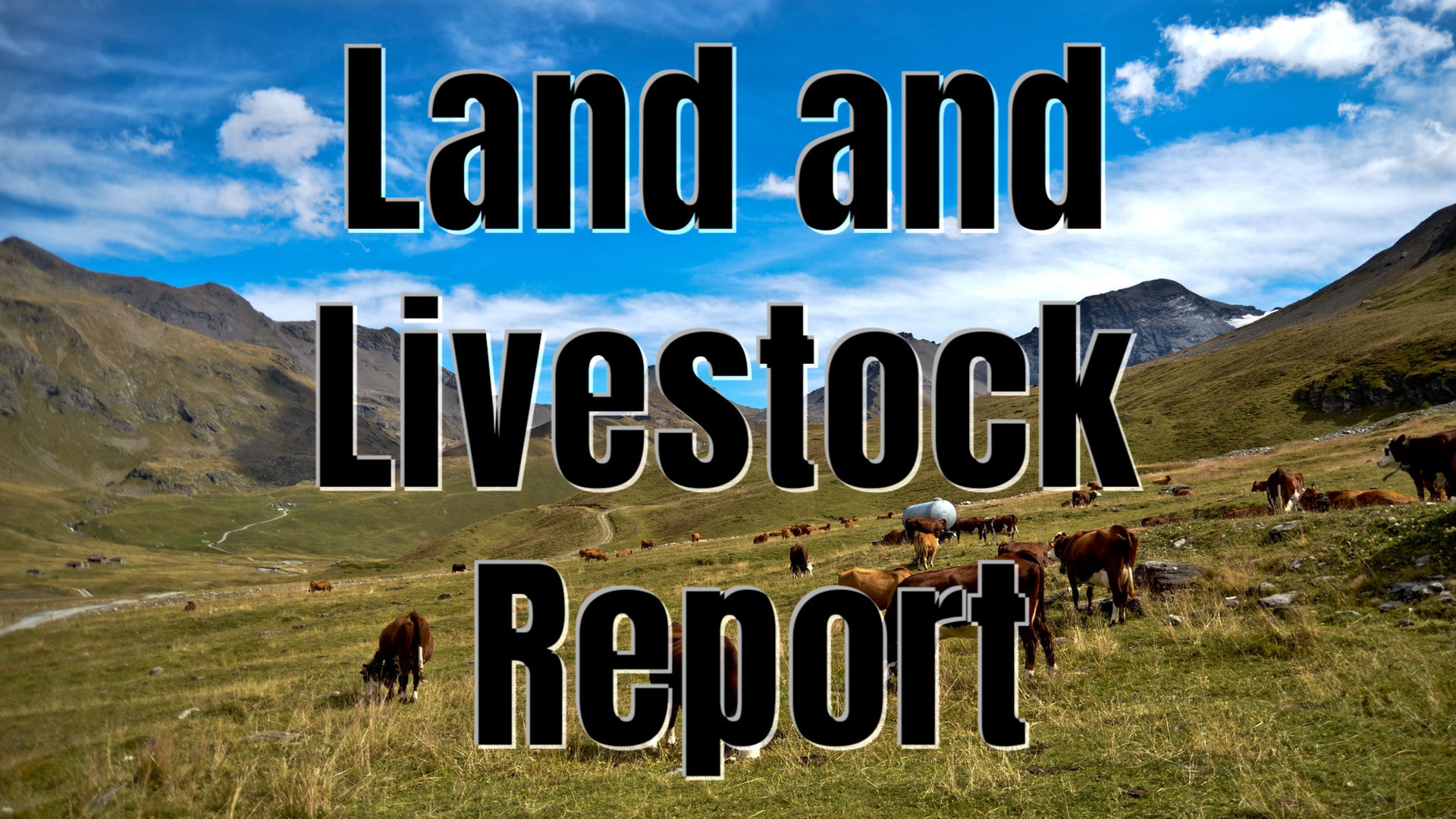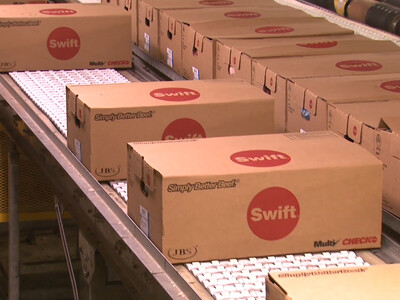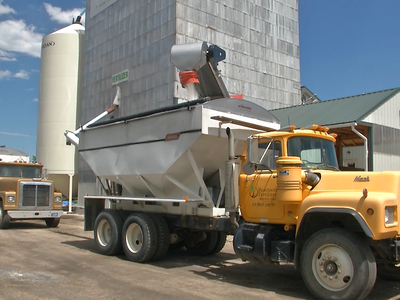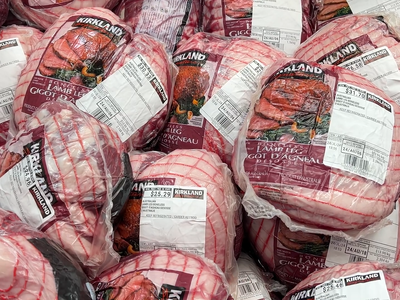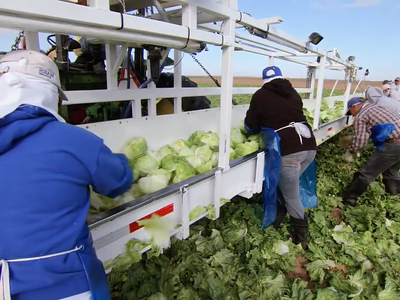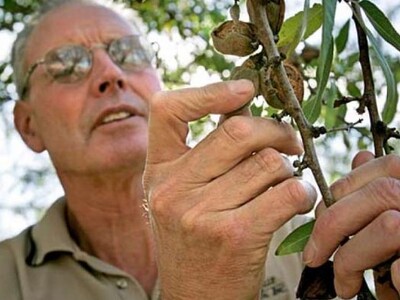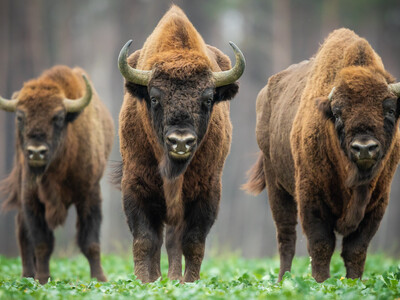Setting Up for Calving Success
Many ranchers in the Pacific Northwest will be beginning their calving season, before we know it. It pays to be prepared prior to the beginning of calving. Dr. Jody Wade, Professional Services Veterinarian with Boehringer Ingelheim Vetmedica, Inc., offers cow-calf producers some management tips to make calving season more successful.Dr. Wade: “You always want to have what we call your calf first-aid kit on hand. Make sure you have all the equipment you’ll need in case you have any calving problems: like a calf jack, ob chains, good lights, if you happen to be calving out in the dark -- which is most cases that is going on. So you want to make sure you have everything in place -- a good clean calving area that are all going to come in handy when the time comes.”
Dr. Wade says when the time comes for your cow to calve be aware of calf presentation during the birth. You should see two feet coming out, and see a nose closely following. The hooves should be facing down. Once your calf is on the ground he says:
Dr. Wade: “Make sure to get colostrum, at least one quart of good colostrum in those calves within the first six hours. Then we try and make sure we get at least three quarts in them by 12 to 24 hours. But that first quart is really really crucial and that six hours time limit seems to be crucial as well. You also want to be sure they are able to have motor function. They are able to get up on their own and move around. Make sure the dam is actually taken the calf.”


